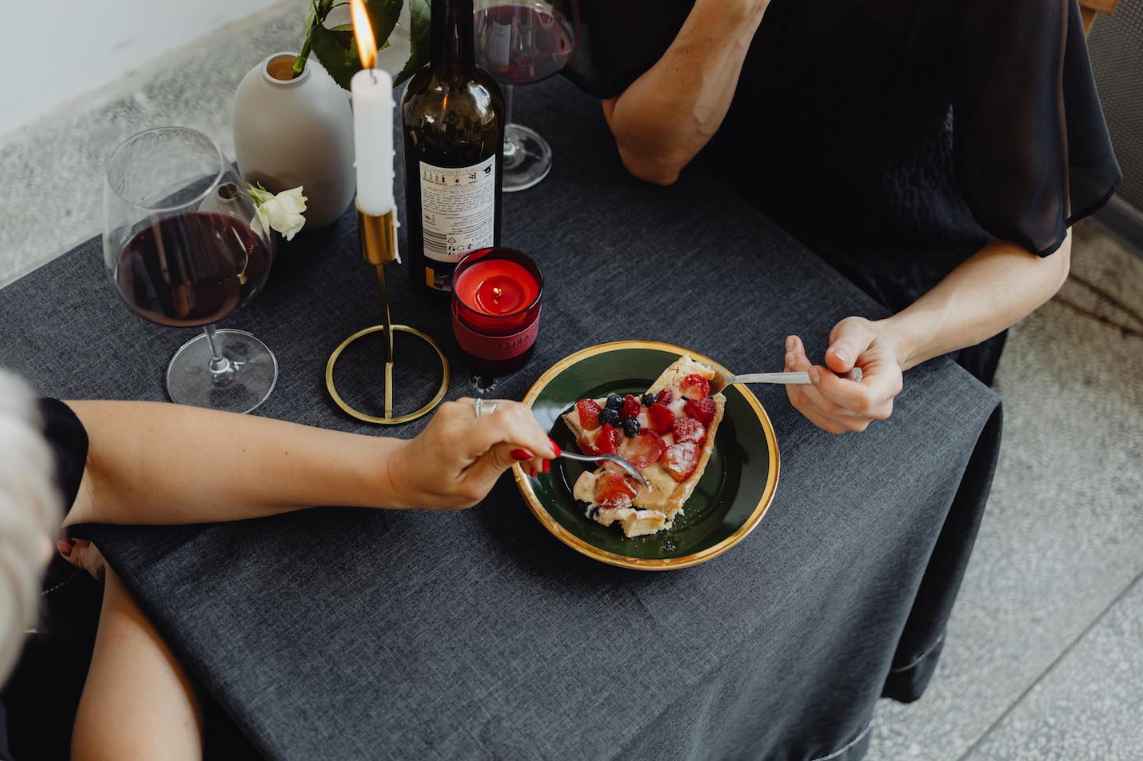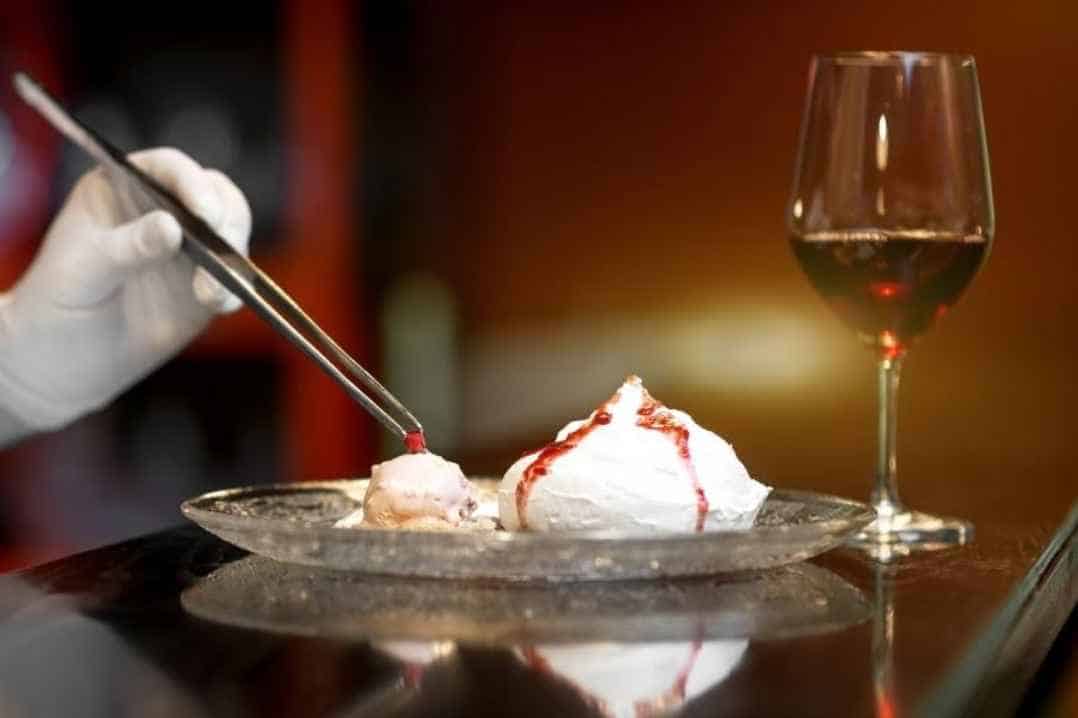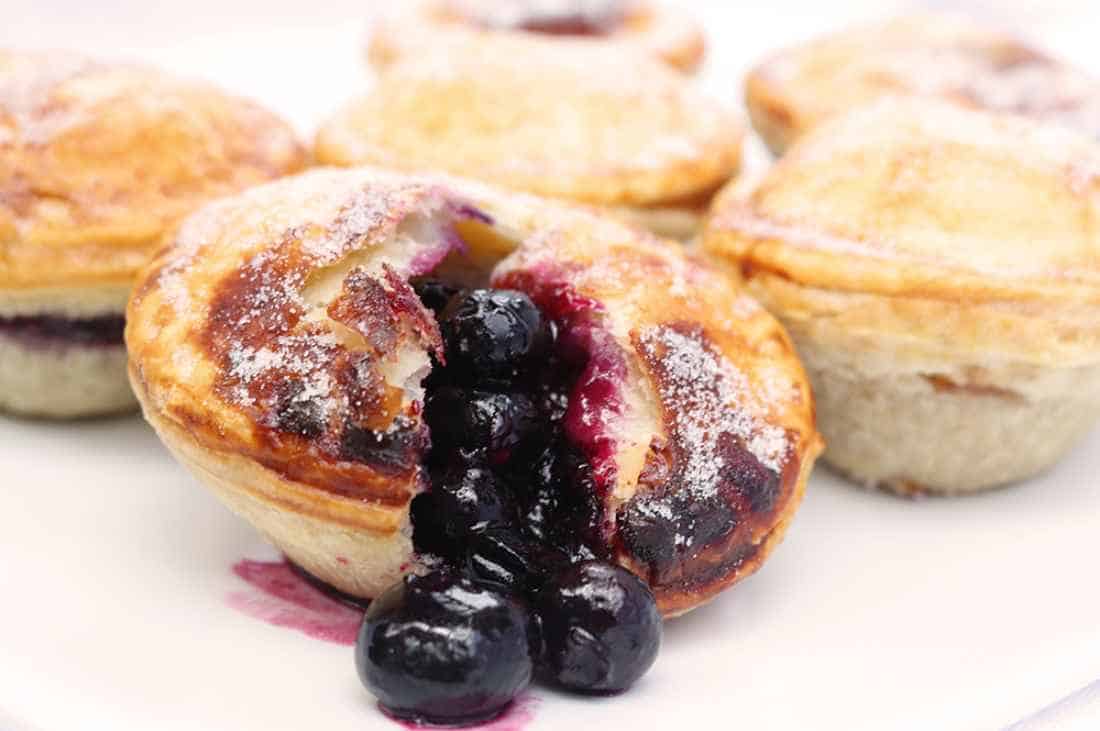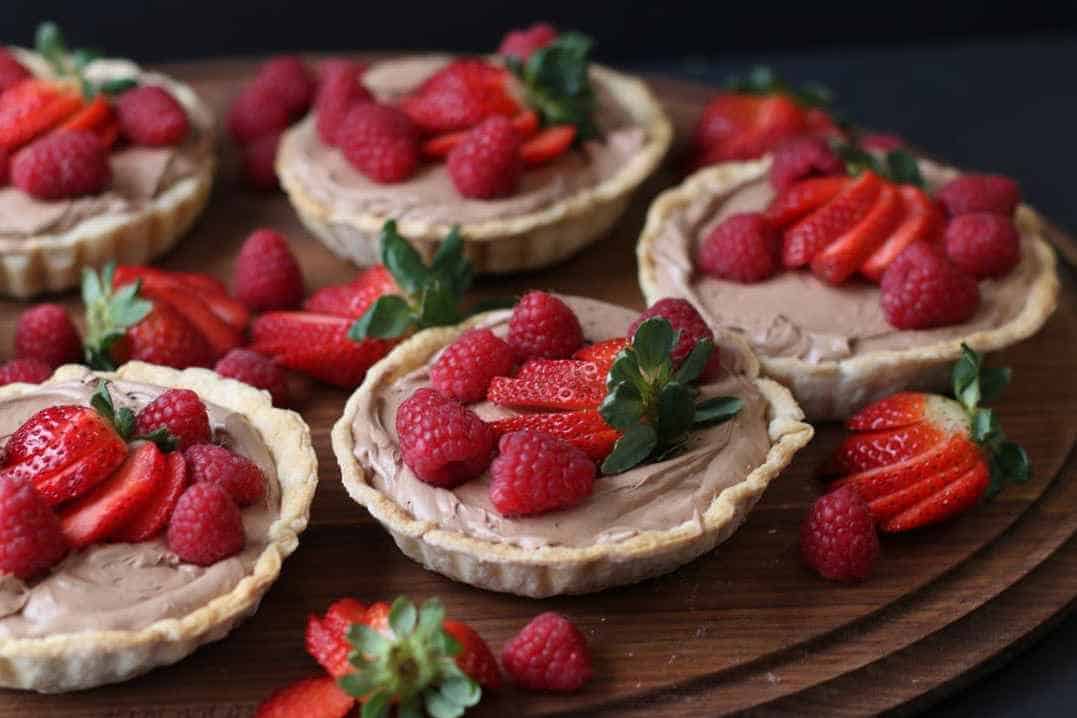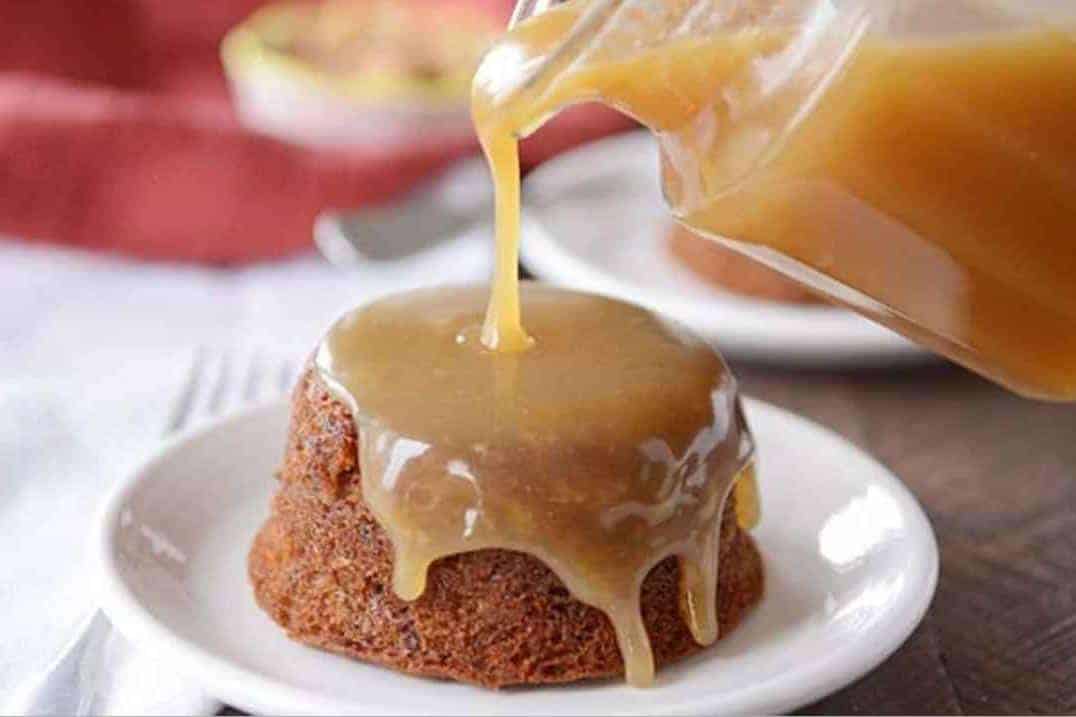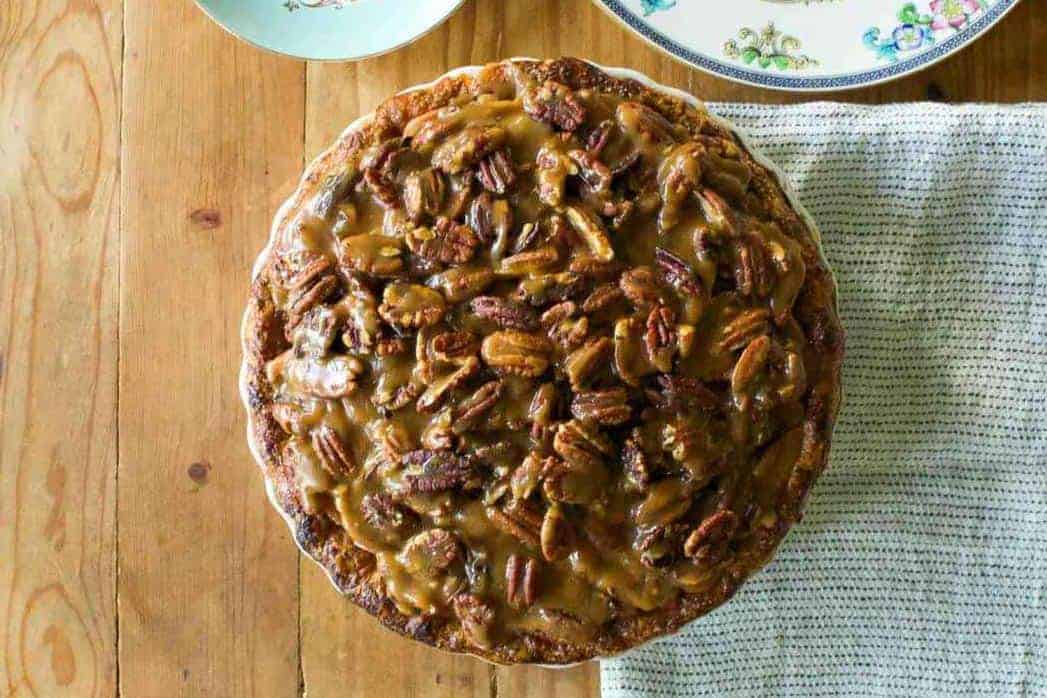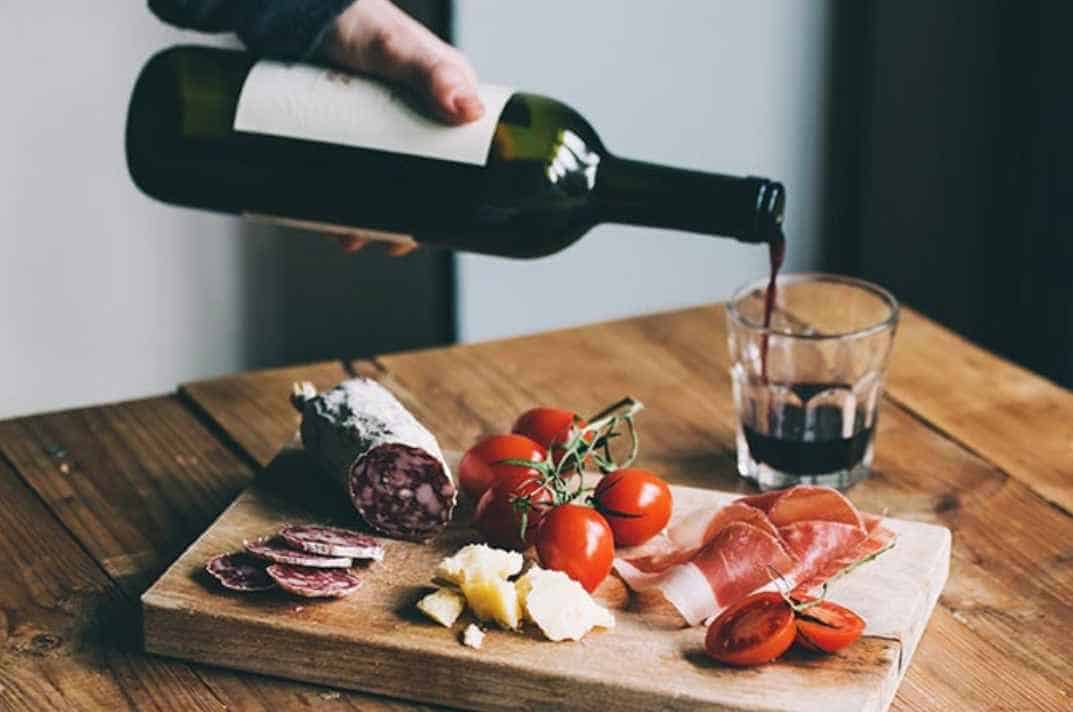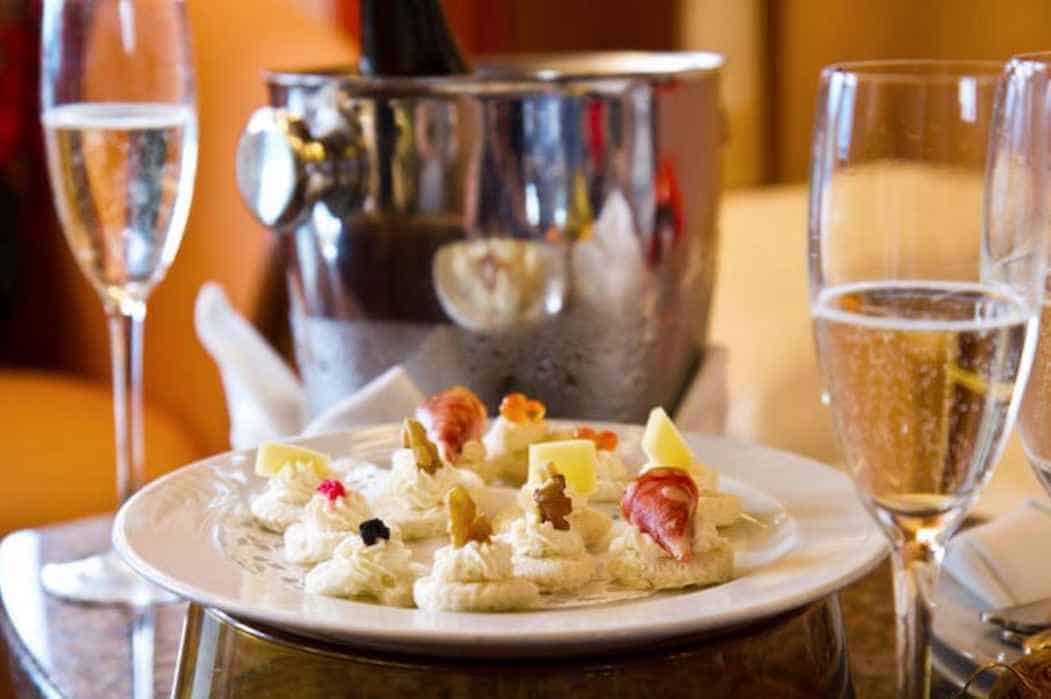Pairing wine with a savory dish is one thing, and pairing wine with dessert is another thing and could possibly be a more challenging job.
Flavors can be very close to each other, so it takes another level of detail regarding flavor differentiation and pairing. Here are some things to note on how to pair wine with dessert.
Wine and Desserts
Like other combinations, wine and dessert are fantastic, but only if done properly. While wine and dessert are usually really tasty, it’s a shame when you put two good things together and end up tasting boring or terrible.
If you haven’t tried pairing wine with desserts and perhaps are skeptical if they work well together, the answer is certainly! Wine and desserts pair well with each other.
While you may have already heard of dessert wines, they are great dessert beverages and can be paired with other desserts. However, you should balance it, so it does not overwhelm the palate.
Yet another reason to take note and be more mindful of the flavors you put together. You wouldn’t want to shy away and ruin the perfect mood by pairing incompatible things.
Wine and Dessert Pairing Considerations
Flavors
Like in life, finding flavors that go together also requires compatibility. Alike flavors go well with each other, so it’s important to find specific notes to pair. If you have a chocolatey and nutty dessert, you might want to find a wine with nutty undertones or a chocolatey aroma.
Of course, you can pair two opposite flavors to have that balance or supplementary effect. For example, you can pair desserts or wines with tangy notes with a richer and smoother wine or dessert.
Sweetness
Although some wines can be sweet, like desserts, it’s important to navigate between their sweetness and ensure both sweetness levels do not compromise the experience.
One of the things to bear in mind is your wine choice should have a higher sugar content than your choice of dessert.
If you choose a dessert that is too sweet, the wine may have a notable sour flavor. Once again, though, this is highly dependent on the individual flavor profile of the wine and dessert.
Tang and zest
You should also take note of the zest and tang of wine. Some wines have more tang than others, and you need to pick a dessert that pairs well with a little tang on your palate. In the same way, there are also zesty desserts that are better enjoyed with richer and fuller wine.
Colors
Choosing good matching colors is not just for the aesthetics but also has a deeper take on it. Desserts that call for bold flavors often call for bold wines. And these intense flavors and rich tones are always reflected in the physical appearance.
Dessert Evaluation
Chocolate desserts
Because of its bitterness and high tannin content, chocolatey desserts can be unexpectedly challenging to match properly with wine.
The best way to complement bold flavors is with bold flavors. This means you need to take the chocolate’s intensity to your advantage and pair it with wines with an intense flavor.
Tarty desserts
If you like a smooth crusty dessert, a tart is a great option. Tart typically refers to a tart flavor, like lemon, that works well to balance out sweeter, more robust wines. Tarts usually incorporate fruits and jams, so look into wines that go well with both tartiness and fruitiness.
Fruity and tangy desserts
Fruits are already desserts on their own. This makes them a really good dessert base or minor ingredient.
The diversity in fruits is also notable; there are many fruits with diverse flavors, making it quite challenging to find a perfect pair. To pair these fruity flavors, the right way is to emphasize brightness rather than defeat and water it down by overpowering.
Toffee and caramel desserts
As you may have already known, these are the sweeter types of desserts. And so these can be more challenging to pair because you always have to think about whether you may be overdoing it with the sweetness.
You need to remember never to compete with the sweetness when it comes to caramel and toffee.
Nutty desserts
Nuts can be found in many desserts and even in savory meals. These bits add texture ranging from crunchy to creamy. Desserts with a nuttiness to them are well-suited for sweeter and more intense wines.
Wine and Dessert Pairings
Red wines
- Cabernet Sauvignon: Cabernet Sauvignon is a rich wine; for this one, you should find a dessert that matches its rich and smooth characteristics. Perhaps a rich and moist cake or truffles. You might want to avoid overly delicate desserts as their flavors may just get drowned out by the wine.
- Creme Sherry: Creme Sherry’s flavors are light and sweet, with hints of hazelnut and bread. It has a light and tender flavor that pairs well with chocolatey desserts.
- Tawny Port: A viscous, thick body characterizes Tawny Port with pronounced red fruits and caramel notes. Chocolate goes wonderfully with this wine.
- Zinfandel: Wines like zinfandel, brimming with fruity aromas and flavors, pair well with rich, delicate sweets like cheesecakes.
White wines
- Chardonnay: Typical Chardonnays have notes of apples. It’s an excellent pair with custardy or fruity desserts like apple pie. The wine’s spiced apple tones are a nice complement to the smooth creaminess of the cheesecake. After being aged in oak, Chardonnay takes on a rich, silky texture on the palate. Its nuttiness is emphasized too that it pairs particularly nicely with sweets with nuts, especially almonds in them.
- Gewürztraminer: Intensely fragrant, Gewürztraminer combines lychee, citrus, and spice perfectly to pair with desserts with similar notes to apple pies. Crunchy and smooth pastry with crisp, refreshing wine makes for a tasty combination that doesn’t overload the senses.
- Riesling: Because of its typically fruity flavor, Riesling works well with sweets that feature fruit. Riesling’s candied fruit notes complement acidic sweets like lemon cake. Riesling’s acid meets the lemon zest, while its robust sweetness can counteract the tartness making it a perfect pair.
- Sauvignon Blanc: The nutty and smoky notes in an oak-aged Sauvignon Blanc pair beautifully with nuts, especially creamy ones like pistachios. Pistachio goes well with Sauvignon Blanc’s lime flavor.
Sparkling and Rose Wine Dessert Pairings
Sparkling wines
- Cava: Cava’s floral smells and hints of juicy pear pair nicely with caramel or toffee-based desserts. Thanks to the wine’s strong flavors of lemons and lime, it cuts beautifully through the sweet and sticky desserts.
- Champagne: Champagne’s inherent, understated sweetness is a perfect complement to milky, creamy, and salted treats. This is why it’s an excellent pair for desserts with salted caramel and panna cotta. This flexible drink can also accommodate fruity desserts like strawberry cakes.
- Moscato: If there’s one thing about Moscato, it is its sweetness. And so it should be served with a similarly sugary dessert. Sweeter desserts will bring out the fruity flavors of the Moscato, so if you want to highlight those flavors, go for fruit cakes and white chocolate.
Rose wines
- Grenache Rose: With its rush of sweet red fruit flavors, Grenache Rose pairs wonderfully with chocolate desserts or fruity sweets like strawberry shortcakes. It has a pleasant acidity reminiscent of lemon zest and works wonderfully as a palate cleanser.
- Prosecco: Prosecco is known for its amazing flowery smells and fruity flavors. Its high acidity makes it a great complement to rich, velvety sweets like cheesecakes and crème brûlée.
Tips for Pairing Wine and Desserts
Tip 1: Colors say a lot
Darker desserts usually pair well with darker wines. This is why you would see a lot of red wines in accompaniment for darker desserts of chocolate or dark chocolates.
Tip 2: Sticky is good with crisp
Pair a dessert with textures that are thick and viscous with a wine that is crisp and bubbly. This way, the textures all make sense and are highlighted.
Tip 3: Deep and dark is a go
Deeper and fuller wines are great pairs for chocolates, especially when it’s dark chocolate.
Tip 4: Light with light
Just as dark chocolates pair well with darker wines, lighter wines match white chocolate’ It’s a pretty easy thing to remember, so it’s a handy tip when choosing basic wine pairs.
Tip 5: Match the drink with the dessert
Like how dark fit dark and light fits light, you should look into the dessert’s sweetness level, tanginess, fruitiness, bitterness, nuttiness, or saltiness. Pair these notes with wines that exhibit the same.
For example, you can pair a caramel and nutty dessert with a nutty wine with caramel notes or toffee. Contrast can also be great but mixing similar notes emphasizes a beverage or dessert’s flavors.
Summary
Knowing how to pair wine with dessert is useful, especially during special occasions when you want your guests to enjoy their dining experience.
Knowing the basics and applying it whenever you need a pairing is handy, plus you get to maximize the many exciting flavor profiles available.

George Moore, co-founder of Wine Flavor Guru, is a charismatic entrepreneur with a rich background in California’s wine industry. Alongside Sylvia, he transformed a Sonoma County vineyard into a source of premium wines. George’s expertise in sourcing exceptional grapes and his approachable style make wine appreciation both accessible and engaging.

